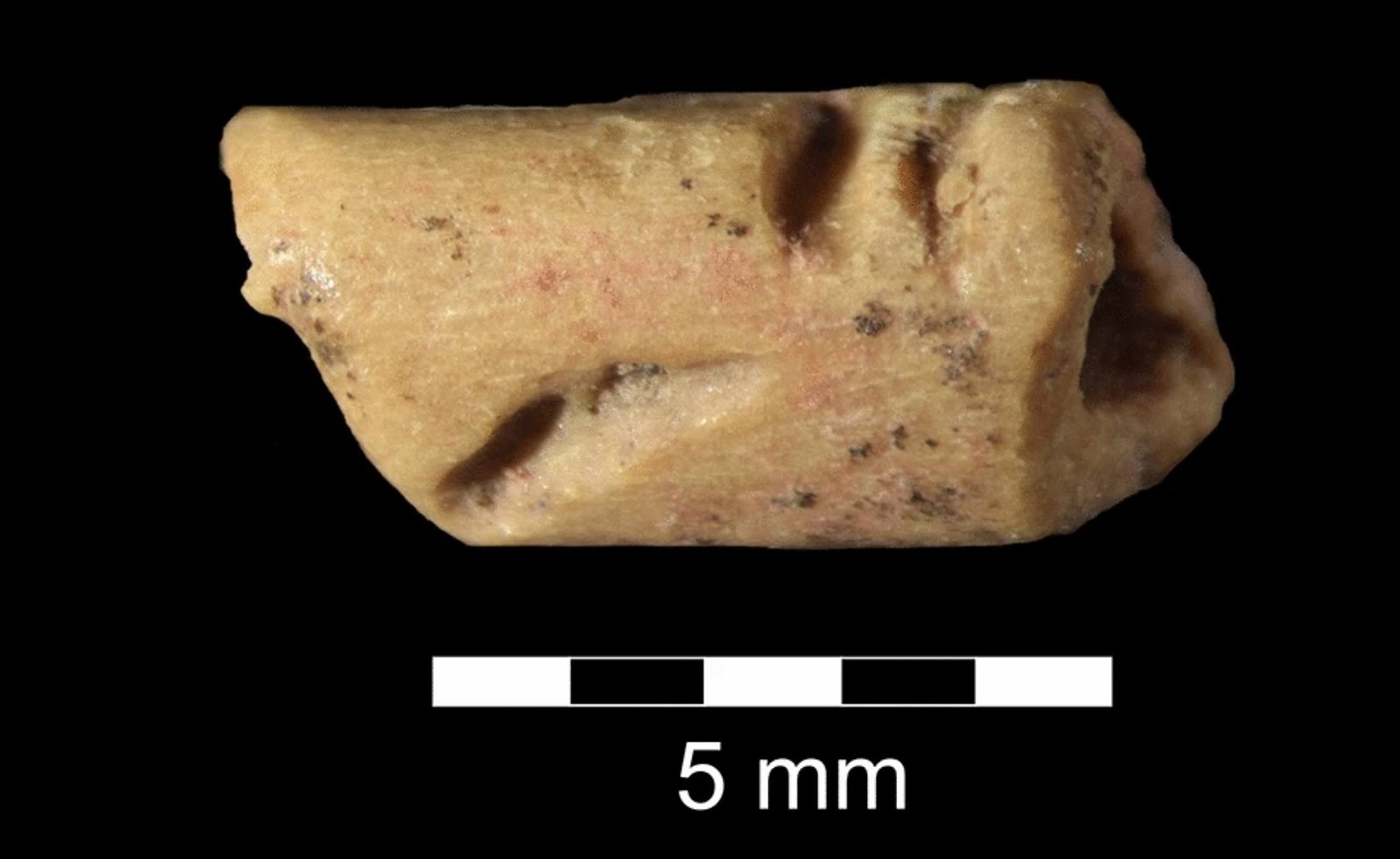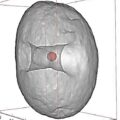A rare artifact has been discovered by archaeologists at an ancient mammoth kill site near Douglas, Wyoming, which they say is the oldest of its kind ever found in the Americas.
The discovery, a tube-shaped piece of bone, is likely to have been a bead dating to around 12,940 years old, potentially making it the oldest known instance of American perforated jewelry.
The discovery was made by University of Wyoming archaeology Professor Todd Surovell and his team at the La Prele Mammoth site, a location first revealed to archaeologists in 1986 when mammoth remains were found eroding out of a nearby cutbank. Initial tests at the site the following year revealed the remains of a young Columbian mammoth and a single tool resembling a hammerstone, along with several associated stone flakes.
Later excavations at the site beginning in 2014 revealed additional information about the site, which included the discovery of an additional chopping tool 12 meters away.
Now, Surovell and his team of collaborators have published their findings in Scientific Reports, detailing the use of a fragment of hare bone in the creation of the artifact by some of North America’s earliest residents.
“This is the oldest known bead from the Western Hemisphere,” the team writes in their study. Through the extraction of collagen samples, subsequent analysis revealed the bead had likely been derived from a metapodial or proximal phalanx of a hare.
“This find represents the first secure evidence for the use of hares during the Clovis period,” the paper’s authors state. Acknowledging that the use of bone from this species in the production of beads was a common practice during later periods by cultural groups in western North America, Surovell and the team argue that their findings at the La Prele Mammoth site help trace the practice as far back as the end of the Ice Age.
At just 7 millimeters in length, the team considered whether the hollowed-out bone fragment could have resulted from processes that might include consumption by carnivores, although they say there is little evidence that links the discovery to animal predation.
By contrast, the artifact’s proximity to other cultural materials lends weight to the theory that it was intentionally crafted by humans, as well as grooves observed on the bead’s exterior, which suggest the bone was tooled either using stones, or possibly even by the teeth of its ancient creator.
Surovell and the team’s study, “Use of hare bone for the manufacture of a Clovis bead,” appeared in Scientific Reports on February 5, 2024.
Micah Hanks is the Editor-in-Chief and Co-Founder of The Debrief. He can be reached by email at micah@thedebrief.org. Follow his work at micahhanks.com and on X: @MicahHanks.

